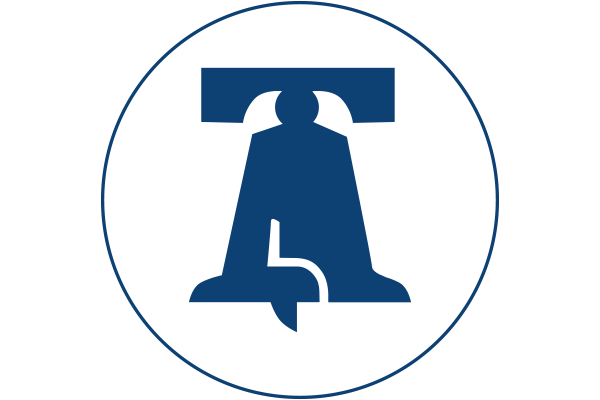Sex offender treatment involves the careful examination of potentially shameful aspects of one’s behavior, an introspective process that can pose a significant psychological barrier to change. Therapists who treat offenders often focus their efforts on cultivating a therapeutic alliance with clients to build treatment readiness – one of the most predictive factors in treatment success. The evidence linking therapeutic alliance and treatment outcomes for men who sexually abuse, however, is mixed. For this reason, therapists who treat offenders should also consider the potential external and situation factors that may also impede a client’s readiness for change.
In a recent article for the Association for the Treatment of Sexual Abusers (ATSA), Shan Jumper, Ph.D., describes several treatment models based on the belief that readiness is a function of the interaction between internal and external factors. Therapists typically focus on internal factors such as the individual’s expectations, self-concept, and goals. According to Dr. Jumper, external factors – such as the participant’s level of interpersonal support, the residential or treatment setting, and socioeconomic factors – can play an equally important role.
Dr. Jumper discusses ways that treatment providers can improve the therapeutic environment to promote client engagement. For example, communication between clinical and custody professionals can help to ensure the living environment reinforces the messages learned in treatment. By engaging the entire program staff, therapists reduce external obstacles to change and improve the way that sexual offenders approach their treatment experience.
